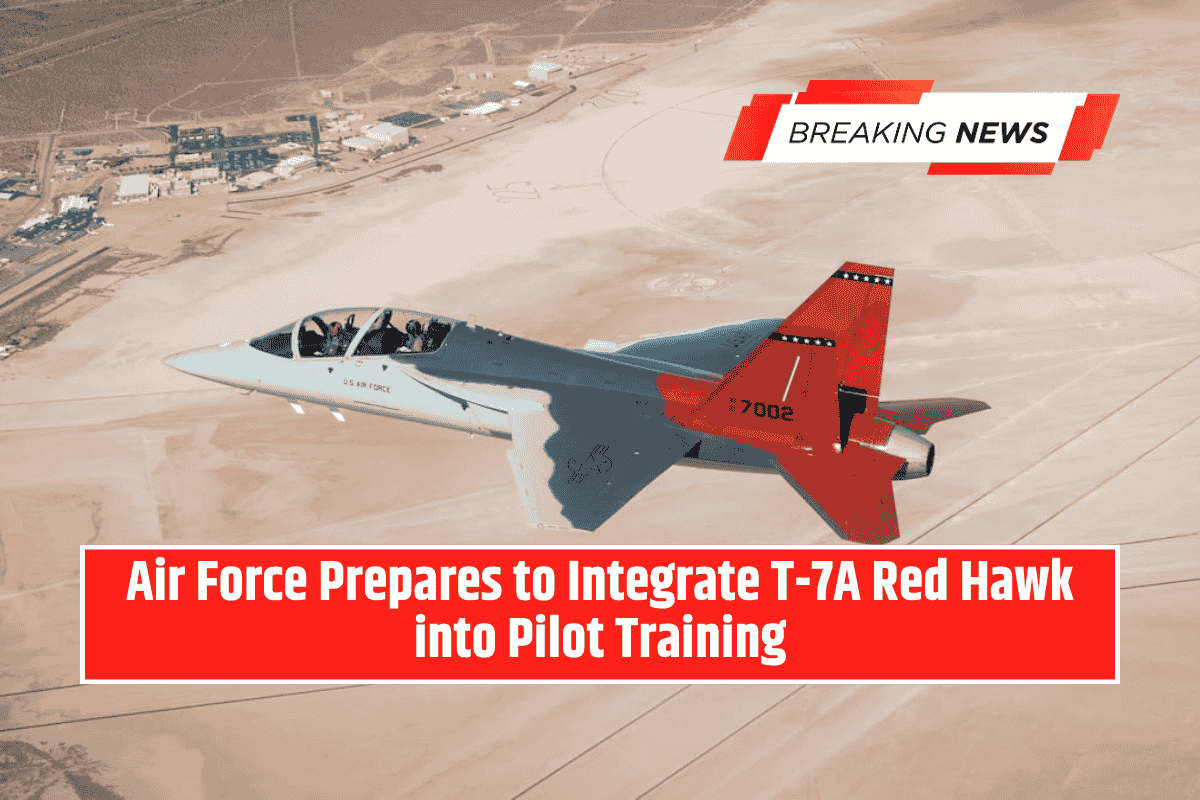The U.S. Air Force is studying whether a large, stealthy flying-wing — conceived as an “arsenal plane” carrying dozens of air-to-air missiles — could supplement (or in some missions substitute for) its planned Collaborative Combat Aircraft (CCA) drones and crewed fighters in a high-intensity Indo-Pacific fight.
Why now: reach, magazine depth, and China
The concept is motivated by concerns about sheer geographic scale and missile reach in the Indo-Pacific: fighters currently carry limited numbers of long-range missiles, while potential adversary sensors and weapons are pushing engagement ranges outward.
An arsenal plane operating at standoff distances could provide much larger “magazine depth” for F-22s, F-35s, the future F-47, and CCAs — allowing launch of long-range shots without obligating fighters to carry every missile themselves.
B-21, derivatives, or a new airframe?
Officials have reportedly considered whether the B-21 Raider airframe could be adapted for an air-to-air arsenal role, but there are practical and programmatic limits.
The B-21 program is deep in flight test and production capacity is constrained; a full-spec B-21 tweaked for air-to-air work would be costly and might be over-capable for a pure arsenal role.
That has pushed the service to study other flying-wing platforms or stripped-down spinoffs that leverage flying-wing technologies without consuming high-end B-21 production slots.
Weapons: the missiles that make it meaningful
Several very long-range air-to-air missile programs could suit an arsenal plane. The AIM-260 JATM (aka JATM/LRAAT family) is the Air Force/Navy next-generation BVRAAM meant to outrange legacy AMRAAMs, and larger weapons such as SM-6–derived air-launched variants (the AIM-174 family concepts) have also been discussed as ways to give U.S. forces far-out-ranging effect.
A Raider-sized flying wing could potentially carry many such missiles internally.
Crewed, optionally crewed, or uncrewed?
Public reporting does not settle whether an arsenal plane would be crewed, optionally crewed, or uncrewed. The B-21 program has long considered optionally crewed or companion drone concepts, and a purpose-built arsenal aircraft could be designed as optionally crewed or fully uncrewed to reduce risk and cost per sortie.
Uncrewed large UCAVs are an alternative: cheaper, proliferable, and survivable in numbers, and they avoid putting a high-value crewed platform in extreme risk.
How it fits with CCAs and other “missile truck” concepts
The arsenal plane concept sits alongside (and could compete with) CCAs, reusable UCAVs, and expendable missile-truck concepts like LongShot.
CCAs and LongShot variants operate closer to contested areas but carry far fewer missiles; a large flying wing brings quantity and reach, while UCAVs and CCAs bring proliferated presence and risk-accepting dispersion.
The tradeoff is concentration versus distribution: one big magazine vs. many smaller magazines.
Production, cost, and program tradeoffs
A dedicated, high-capability flying-wing is expensive to develop and produce, and diverting B-21-class airframes into an arsenal role would strain bomber production and Global Strike Command priorities.
A stripped or alternate flying-wing design could reduce cost per airframe, but the service would still need enough airframes (or large numbers of UCAVs) to place missiles where they are needed across the Pacific. That math — capability vs. production capacity vs. cost — will be central to any decision.
Strategic implications
If fielded, an arsenal plane would change employment concepts: crewed fighters would act as sensors/target designators while larger wings of standoff magazine platforms deliver long-range missiles.
That could increase the effective engagement depth of U.S. air forces and blunt numerical or range advantages held by adversaries — but it also concentrates high-value missiles and assets in fewer platforms, creating tempting targets unless paired with deception, distributed sensing, and protective measures.
Where this stands now
Reporting indicates the study is at an early stage and that Air Force leaders are looking at multiple airframe and mission-mix options rather than committing to a B-21 derivative specifically.
The outcome will depend on missile development timelines, industrial capacity, cost decisions, and how the Air Force prioritizes magazine depth vs. distribution and attritability in contested environments.








